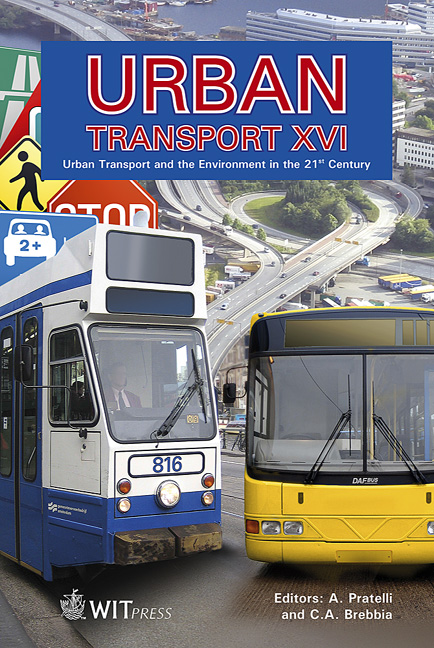A Comparison Of The Engineering Properties Of Gap-graded And Well-graded Road Bituminous Mixtures
Price
Free (open access)
Transaction
Volume
111
Pages
13
Page Range
275 - 287
Published
2010
Size
347 kb
Paper DOI
10.2495/UT100251
Copyright
WIT Press
Author(s)
I. Kamaruddin, A. Soelistijo & M. Napiah
Abstract
The design of road pavement material seeks to obtain a durable, mechanically strong system that is able to resist dynamic traffic loadings without causing distresses to the pavement due to loading and environmental factors. In addition, the design of the material must consider the economics of construction and maintenance. Road bituminous materials as used worldwide normally are of gapgraded material (Hot-Rolled Asphalt) or well-graded material (Asphaltic Concrete). Both materials have advantages and disadvantages. This study attempts to compare the engineering properties of these two road materials. In addition, the workability of both materials will be assessed, which relates to the energy required in the production, handling and compaction of the mixtures. The durability of the material is a concern to engineers as the material is exposed to both air and water. This is reflected in the permeability of the material, which in this study is assessed by an air permeameter. Keywords: gap graded, Hot-Rolled Asphalt (HRA), well-graded, asphaltic Concrete (AC), workability, permeability. 1 Introduction Road bituminous mixtures when used in a pavement structure have to fulfil a number of different requirements. They must be workable, have the ability to be satisfactorily compacted, be impermeable, be durable in resisting abrasion by
Keywords
gap graded, Hot-Rolled Asphalt (HRA), well-graded, asphaltic Concrete (AC), workability, permeability





